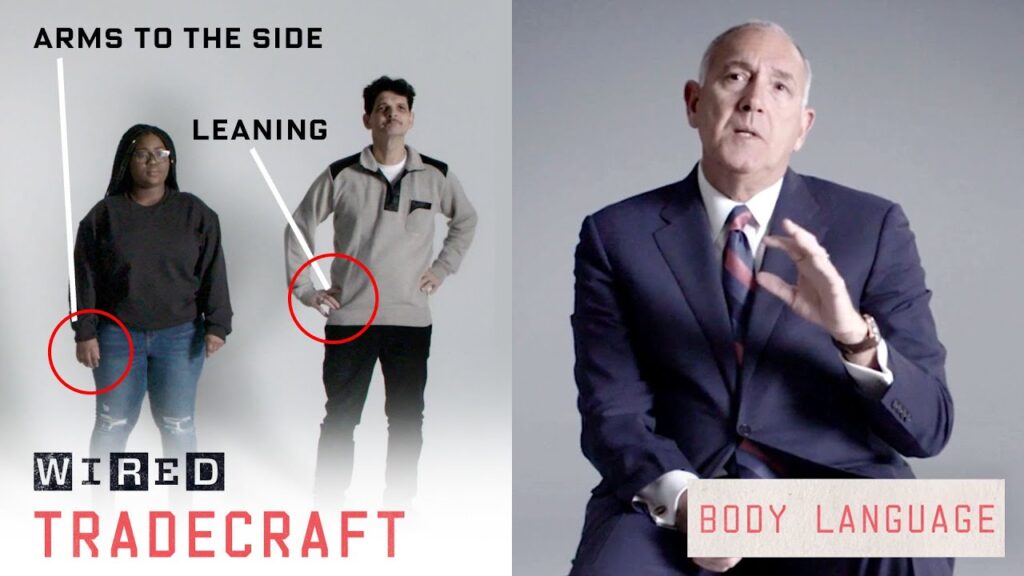The Importance of Accurate Idiolect Depiction in Film: A Comprehensive Analysis
Summary
This article focuses on the importance of accurately depicting the speech of real-life people in films. It examines various performances by actors who played real-life characters and discusses the accuracy of their accents, speech patterns and inflections. The writer’s analysis includes specific details that stand out in their performances, highlighting the subtle nuances of speech patterns, pronunciation differences, and accent nuances specific to different regions. From Alec Baldwin’s impression of Donald Trump to Jennifer Lopez’s rendition of Selena, the article provides a detailed analysis of how the different speakers articulate their words and sentences.
Table of Contents
- Introduction
- Why is accurate idiolect portrayal important in films?
- Examples of Accurate Idiolect in Films
- What separates good idiolect depictions from bad ones?
- How do actors prepare for idiolect depictions?
- Conclusion
Introduction
Idiolects are the distinctive speech characteristics of a particular person, including accent, pronunciation, phrasing, and even body language. Accurately portraying the idiolects of real-life figures in films is vital, as it adds to the portrayal’s authenticity and allows the audience to fully immerse themselves in the story. Films that accurately depict idiolects stand out, creating an emotional connection between characters and the audience.
Why is accurate idiolect portrayal important in films?
Accurate idiolect portrayal is crucial in films because it reflects the authenticity of the story. It helps create a more profound emotional connection between the audience and the character. When actors deliver an accurate and convincing portrayal of their character’s idiolect, they elevate the film’s level of realism, enabling the audience to suspend disbelief fully.
Examples of Accurate Idiolect in Films
Natalie Portman’s portrayal of Jackie Kennedy and Forrest Whitaker’s version of Idi Amin are examples of actors delivering an accurate portrayal of their character’s idiolect. Both actors integrated their character’s speech patterns, accent, and posture into their performances, creating a credible portrayal.
Jamie Foxx’s portrayal of Ray Charles in “Ray” is another excellent example of accurate idiolect portrayal. Foxx’s integration of Charles’s speech patterns, mannerisms, and gestures, combined with his musical talent, made for a compelling portrayal. Not only did he nail the character’s voice and accent, but he also captured his energy and charisma.
What separates good idiolect depictions from bad ones?
Good idiolect depictions come from actors who take the time to research the character they will be portraying. They study their dialect, accent, and listen to recordings of their speeches. They also adapt their physicality to match their character’s tone and posture, often undergoing extensive training to master the role convincingly.
Bad idiolect depictions are those that are not accurate, and in some cases, are offensive. Poor portrayals often come from actors who do not put in the effort to learn the nuances of the character’s speech patterns, which can lead to misrepresentations or caricatures. In such cases, the audience can become disengaged from the story, feeling irritated by the actor’s inaccuracy in portraying the character.
How do actors prepare for idiolect depictions?
Actors have different ways of preparing for idiolect depictions, but researchers and coaches often provide them with training and resources to master the character’s speech patterns. They may also listen to recordings or watch films of the character they will be portraying to study their dialect, pronunciation, posture, and other physical cues.
Will Smith is an example of an actor who showed dedication to mastering Muhammad Ali’s idiolect in “Ali.” Smith underwent extensive training with his dialect coach, listening to over 200 hours of Ali’s speeches to get into character. Smith also worked hard to maintain his physicality, describing his training as a “tremendous process.” Smith’s dedication and hard work paid off, resulting in an accurate and convincing portrayal of the iconic boxer.
Conclusion
Accurate idiolect portrayal is vital in film, as it creates an authentic experience that pulls the audience into the story. Actors must put in the effort to research and master the character’s idiolect, including their accent, speech patterns, posture, and mannerisms. The rewards for delivering an accurate portrayal are exceptional, connecting the audience to the character and heightening the film’s level of realism.







